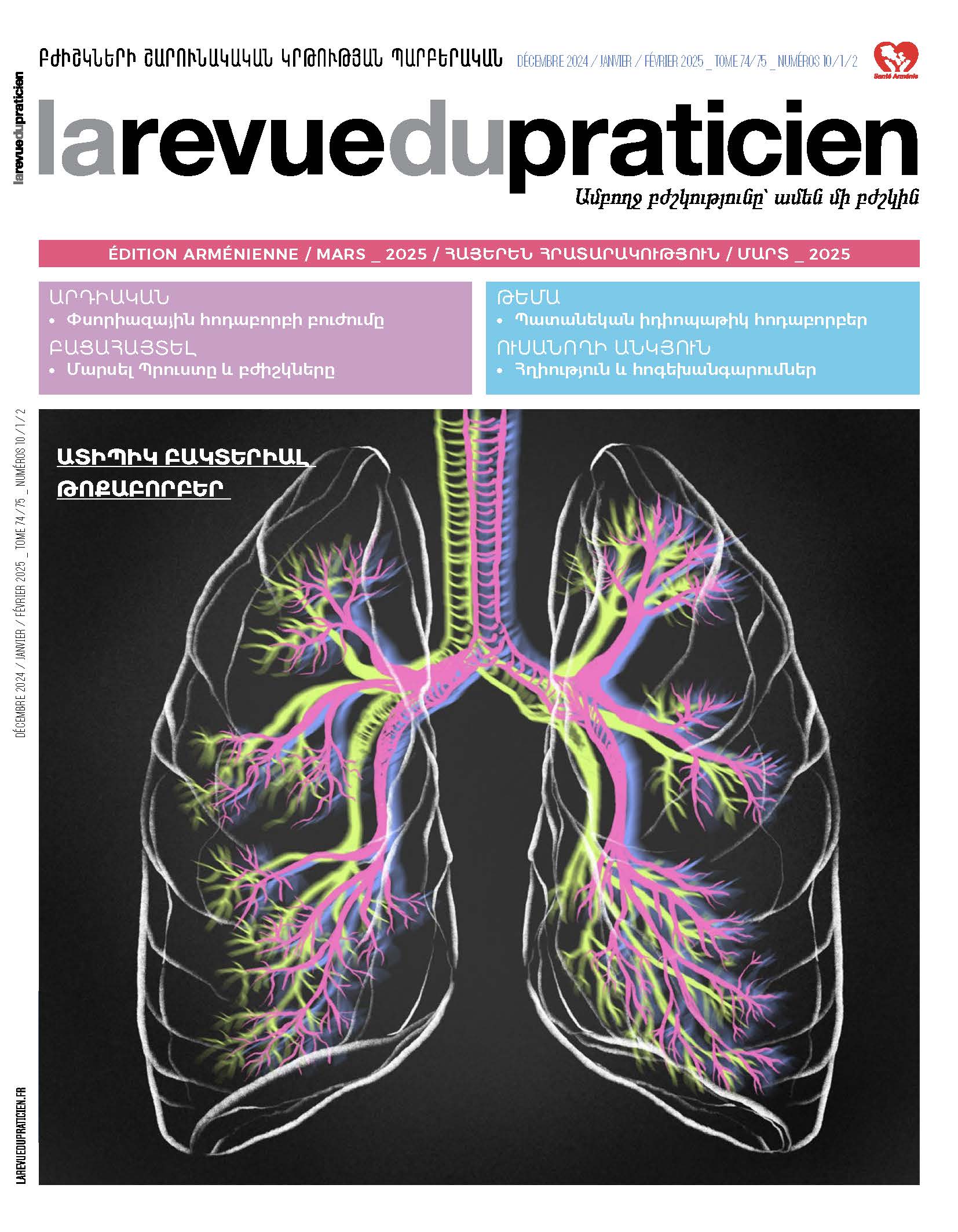Abstract
Atypical bacterial pneumonias are caused by several pathogens including Mycoplasma pneumoniae, Chlamydia pneumoniae, Legionella pneumophila, Chlamydia psittaci, Coxiella burnetii, and Francisella tularensis. Their clinical, biological, and radiological presentation is often nonspecific, and can be challenging to differentiate from the – typical – presentation of acute lobar pneumonia. As a result, diagnostic and therapeutic management are complex, as the pathogens involved are often not detected by classic microbiological techniques, and are resistant to beta-lactams. Therefore, clinicians must be adept at considering the diagnosis to provide appropriate treatment, typically involving antibiotics such as macrolides, tetracyclines, or fluoroquinolones. Furthermore, in certain instances, confirmation of the diagnosis using specific tests such as PCR (polymerase chain reaction), urinary antigen test, or serologies is essential for improving the management of atypical bacterial pneumonia.
